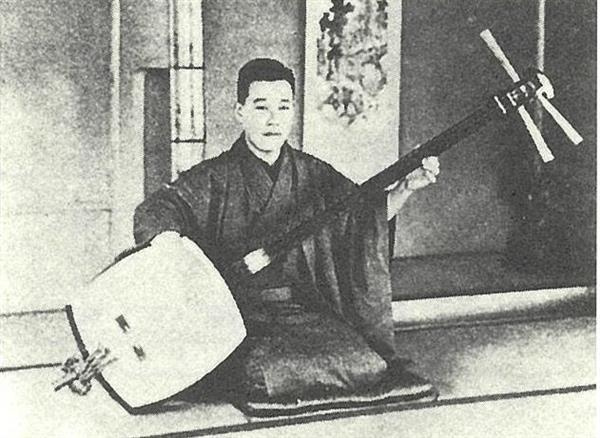I recently acquired some Brazilian ipe, which is a very dense hardwood (I don’t know specifically how it compares to other woods, all I know is that it’s really heavy), and a friend suggested making an instrument with it, so I’ve been researching making a shamisen. At this point in the process, I’m trying to figure out how much I’d need. It’s my understanding that the dou and the sao are made of different wood, and the sao is where the hardness is important, correct? So I could use something more common, cheaper, and easier to work with for the dou? Are the nakago and tenjin separate pieces from the sao, or the same? Are they the same type of wood as the sao, or does that not matter? According to the book preview on page 13, the wood for the sao should be 66x9x5cm. Would it still work if it was only 3cm/5/4" /wide? I don’t know if the given measurement is for a wide or thin sao, so any insight there would be appreciated.
I can see one page of the materials list in the book preview, but it would be helpful to know what other materials, especially wood, I’d need. I would rather not buy the book until I know whether or not I’m going to make one.
This might be a dumb question, but does the body have skin on both sides or only the front?
Last, but certainly not least, how have you found learning shamisen? I don’t play any string instruments, and so was wondering how difficult it would be.


 )
)